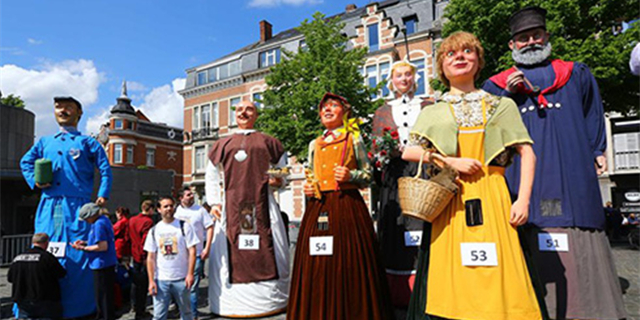WannaCry hackers show senseless malice
In the 1930s, the Great Depression struck hard in the United States. Unemployment shot up yearly from 1929 until it hit a shocking 23.75 percent in 1933. Hunger and homelessness spread through the cities.
Compounding the chaos, southern central states were ravaged by a drought that dried up topsoil and scattered it in vast dark clouds. Bank foreclosures combined with the desperate weather to drive farmers from land their families had worked and owned for generations.
Many migrated cross-country in search of work in the fertile fields of California. People would do anything if only they could feed their children.
But some demanded more out of life.
The 1930s was the Golden Age of the bank robber in the United States. "Baby Face" Nelson, "Pretty Boy" Floyd, John Dillenger, "Machine Gun" Kelly, Bonnie and Clyde - newspapers were filled with their exploits. Everybody knew who they were, and many admired them as swashbuckling agents of vengeance on merciless banks.
How different they seem from the technological thugs behind the most-talked-about crime in recent weeks, the WannaCry ransomware hackers, who are ... um, well, who are they? There are theories, but nobody really knows.
On May 12, a series of hacking attacks was launched against many thousands of computers around the world. In China alone, 520,000 computers per hour were attacked on May 13 and 14. The hacker (s) used coding developed by the US National Security Agency that had been stolen and posted online. The coding manipulated a flaw in earlier versions of the Microsoft Windows operating system to encrypt everything on a computer hard drive.
Hacked computers show-ed a message demanding a ransom of $300 in bitcoin within three days. The price would double on the fourth, and after seven the data would be irretrievably lost. But payment was no guarantee of restored data.
Within days, the attacks tapered off. Some large companies and organizations had been struck, but it was after all older versions of Windows that were under attack.
Judging from that, and from the relative pittance in ransom the hackers received - As of 6 am on Saturday, $94,777 had been paid, compared with, say, the $121,000 that robber Willie Sutton made off with in a jewel heist in 1931 - the hackers were happy to focus on less affluent victims.
Considering the skill and training needed to carry out this act of extortion, what surprisingly meager returns it has brought. It comes across as a mean-spirited, senseless exercise. Was there nothing better they could do with their skills?
Many of the 1930s bank robbers showed more heart and more sense in their pursuit of riches.
Sutton, who went heavily armed to banks he robbed, was once asked in an interview if his guns had been loaded.
Of course not, the guns were never loaded, he said, because somebody could have gotten hurt.
And why did he rob banks, anyway?
"Because that's where the money was."
Contact the writer at lydon@chinadaily.com.cn
















